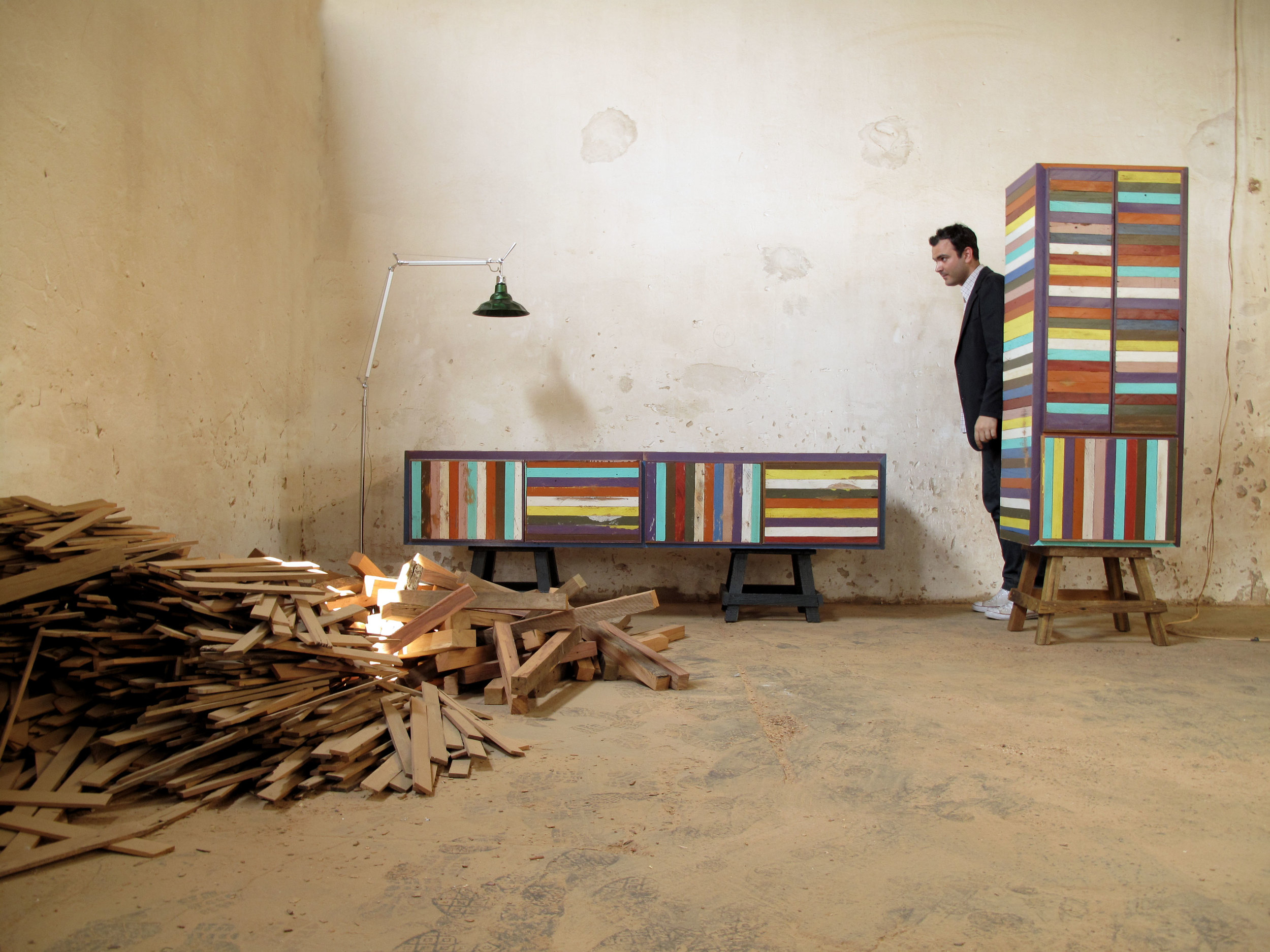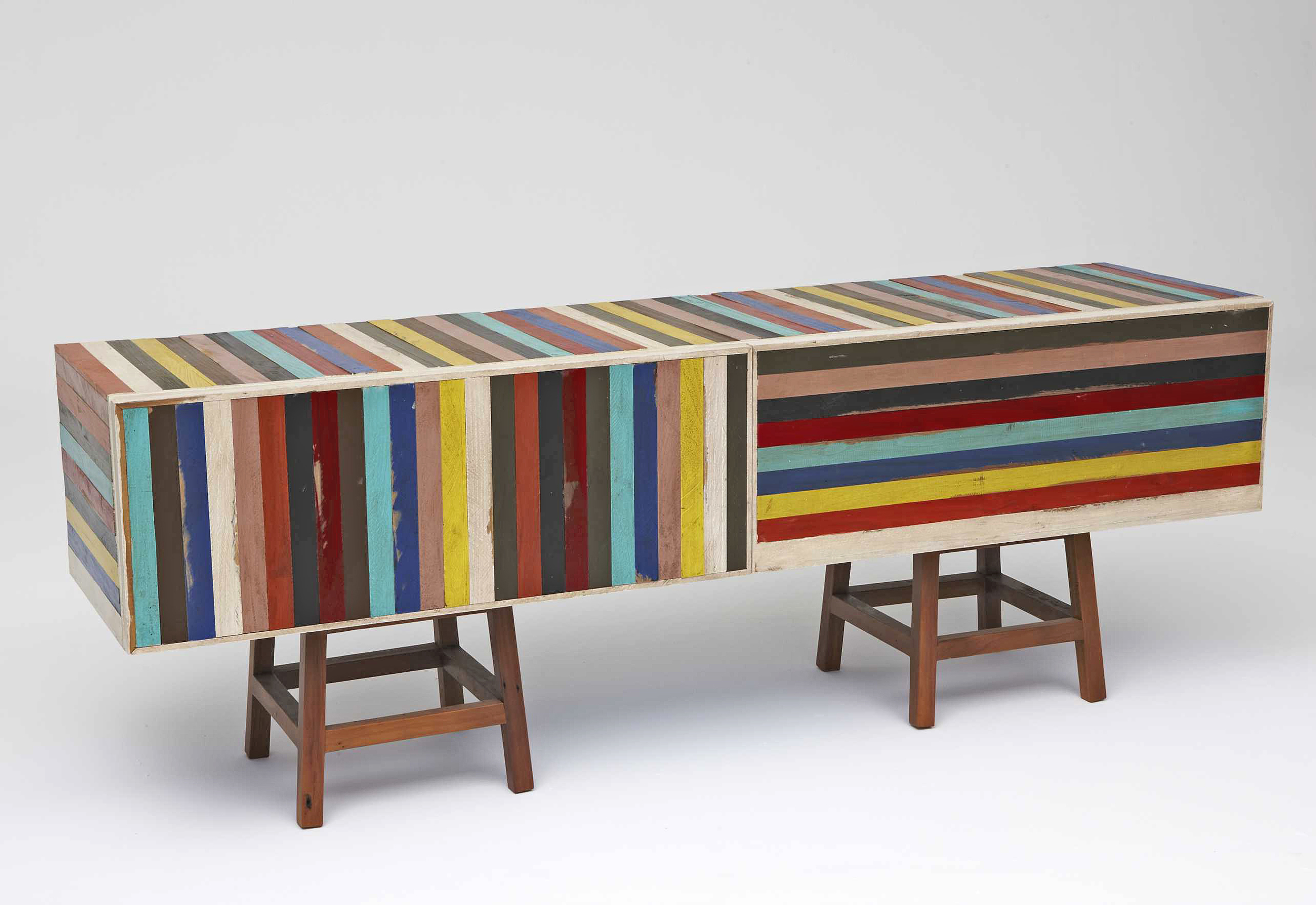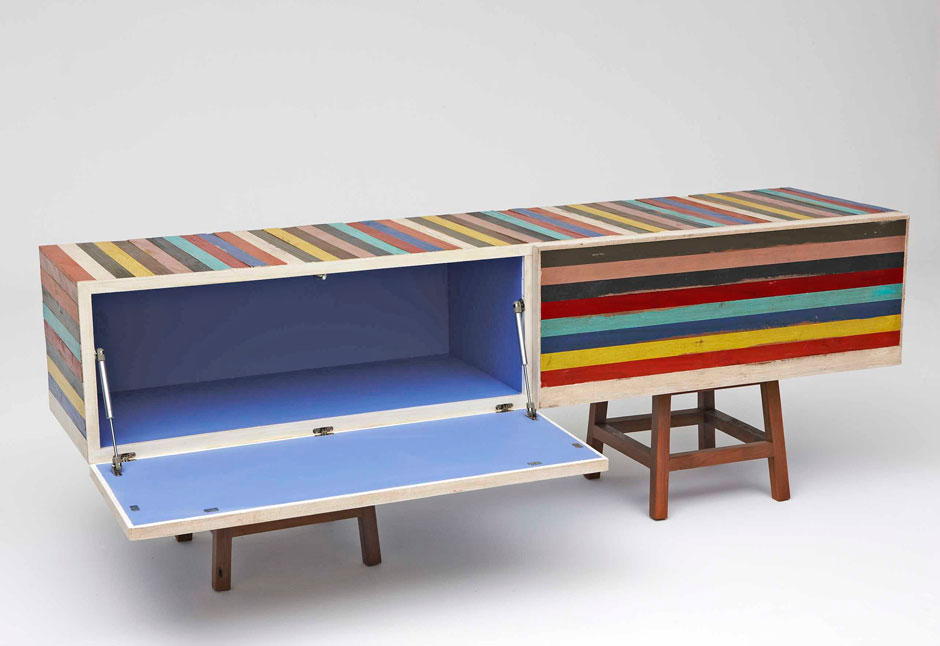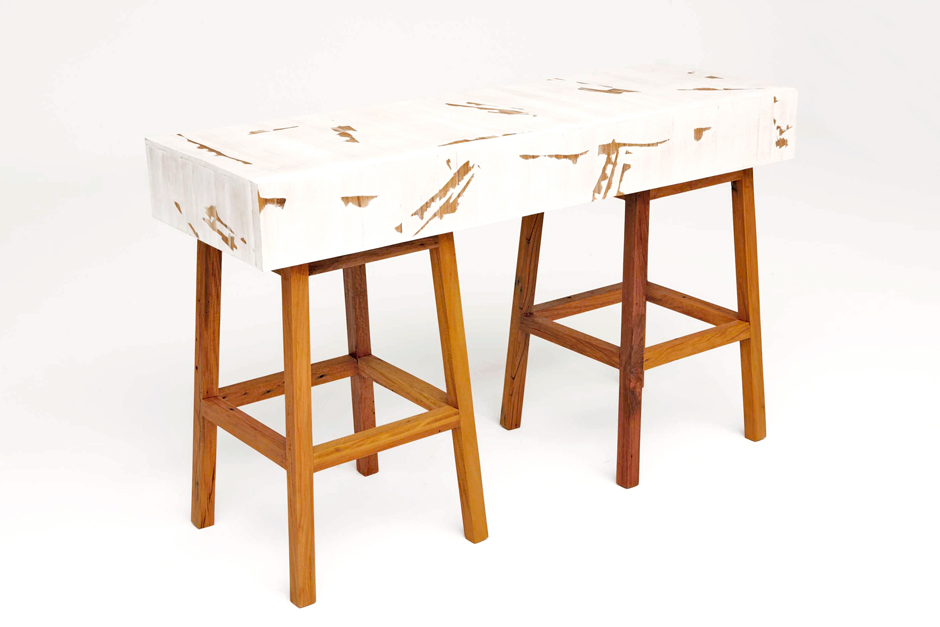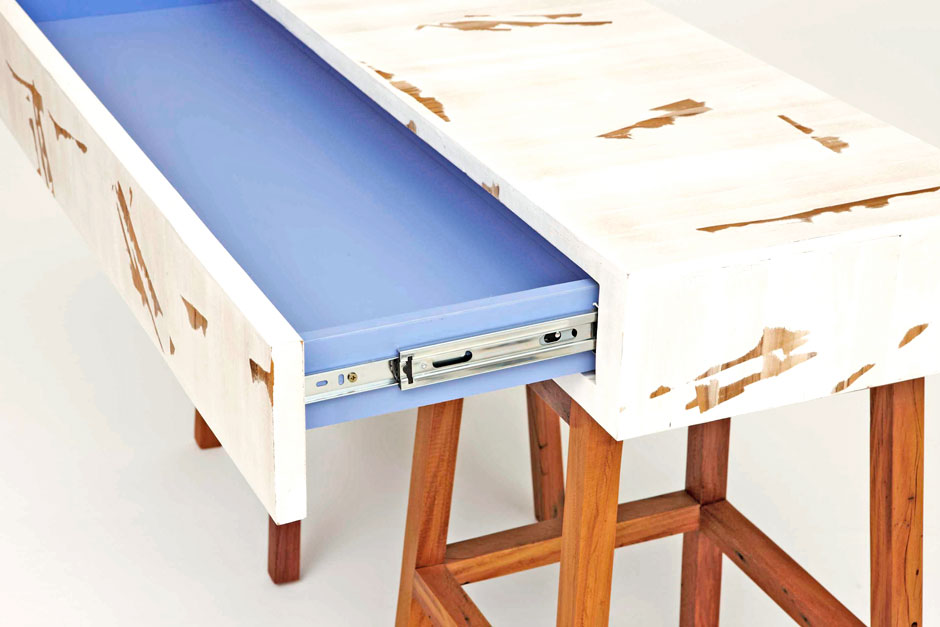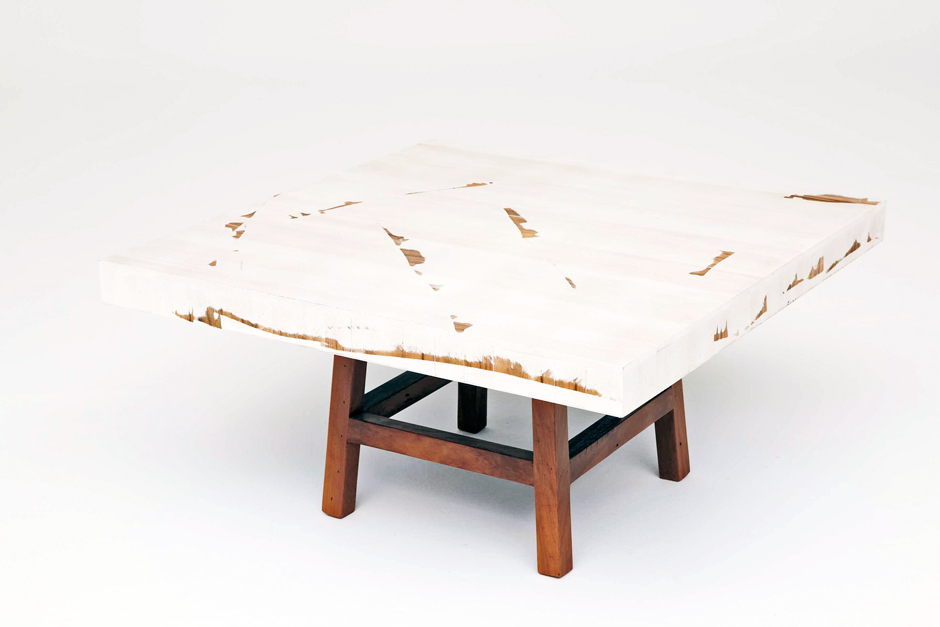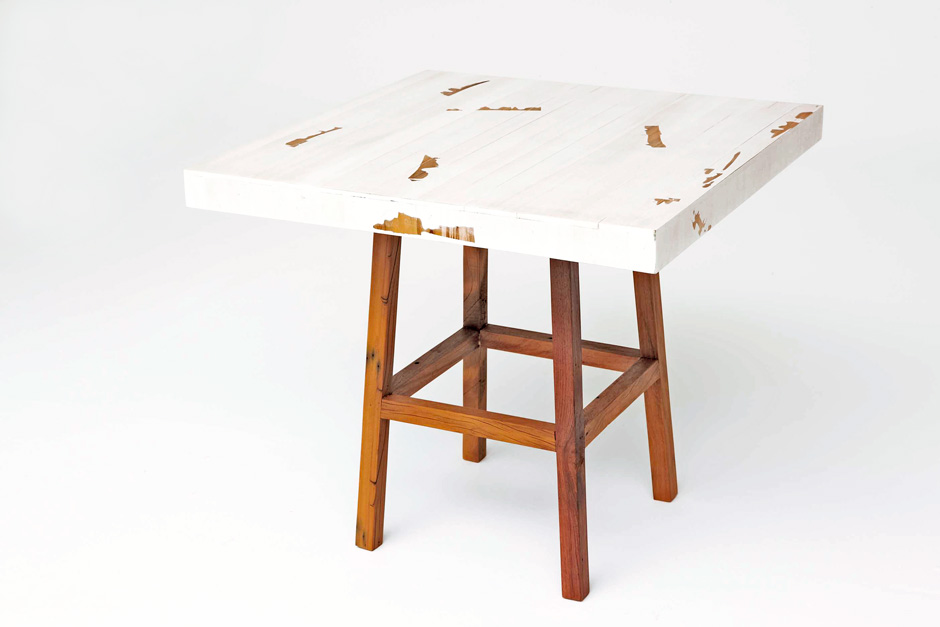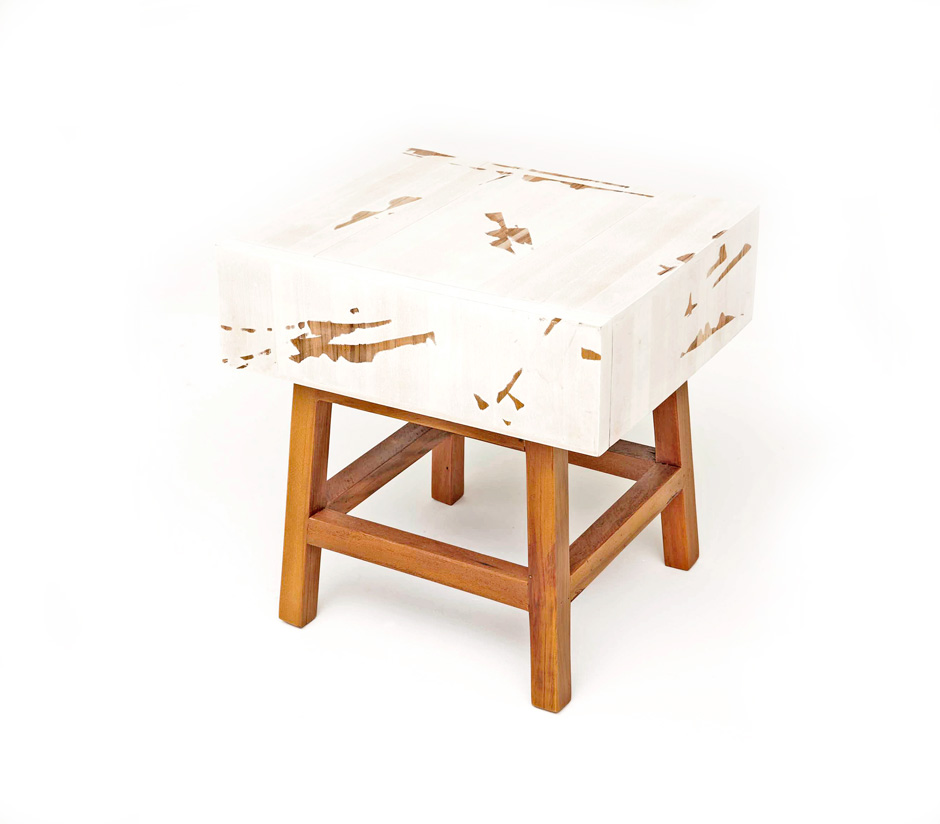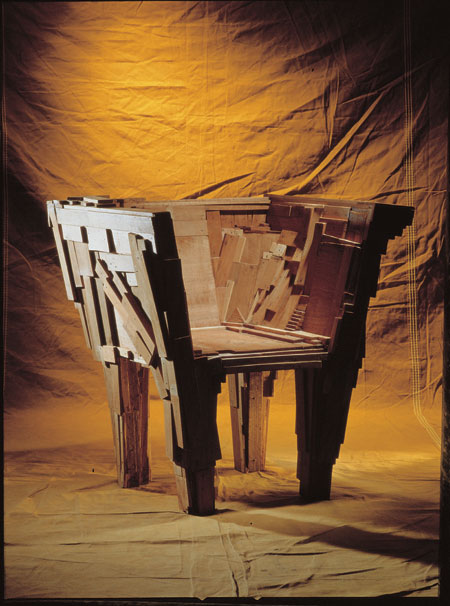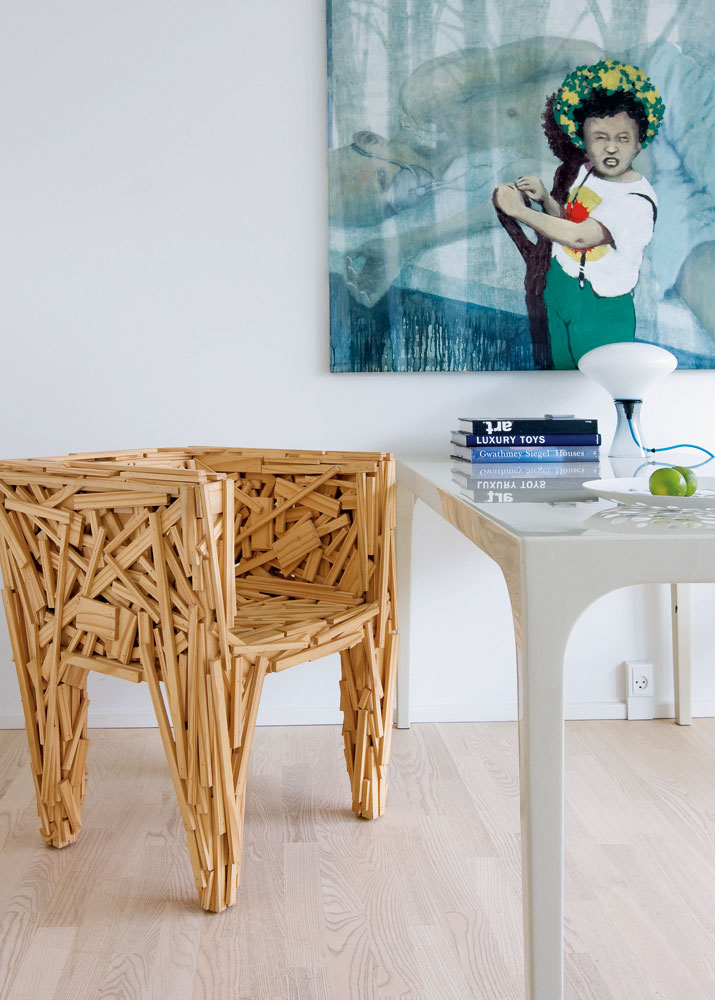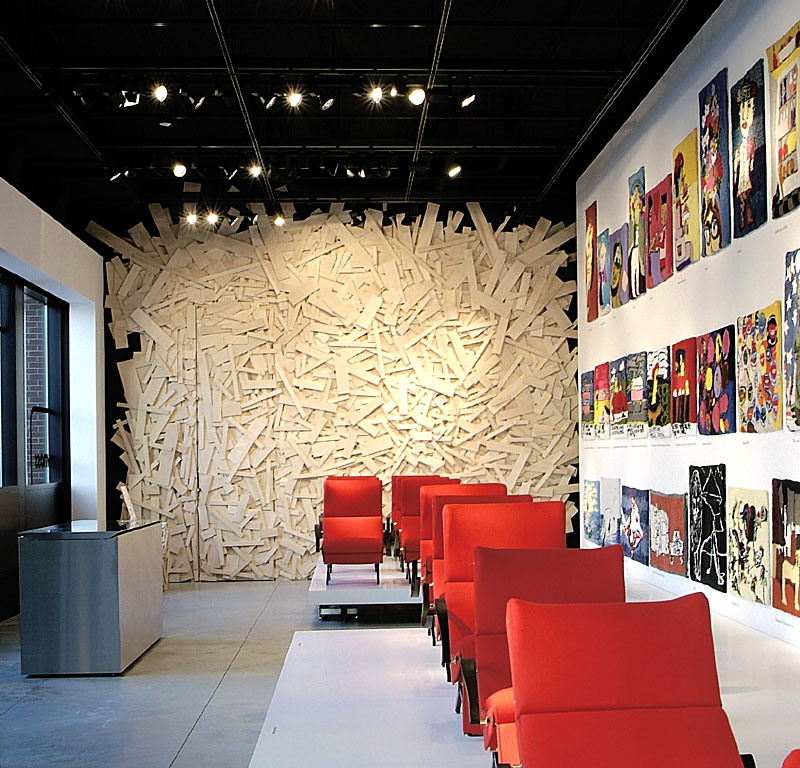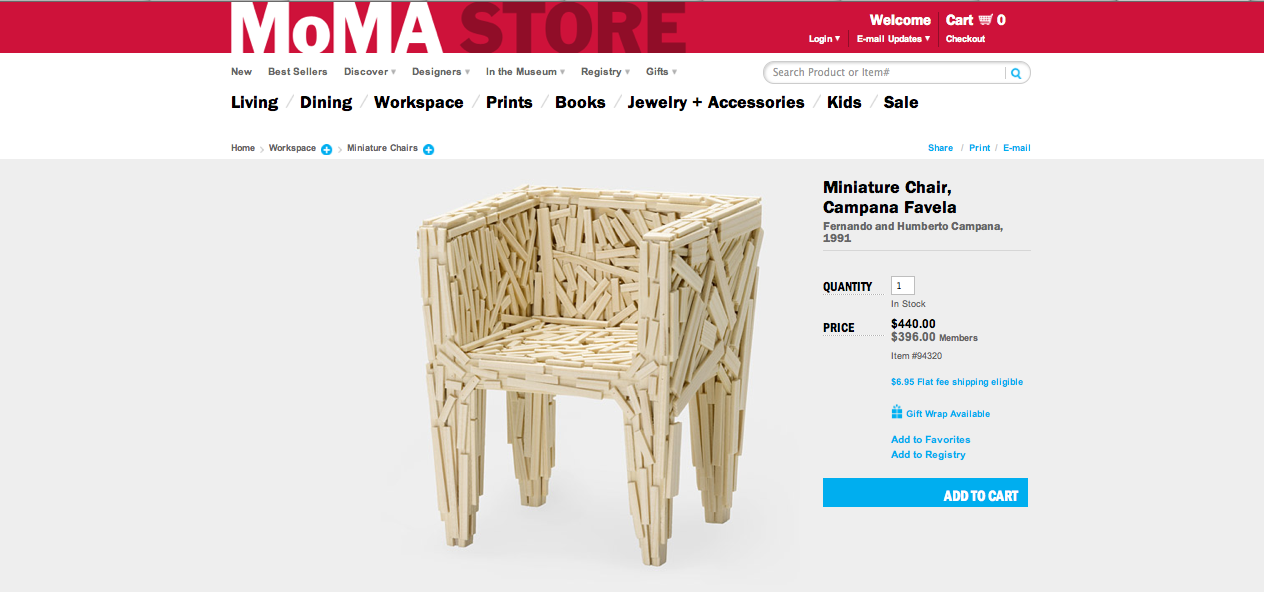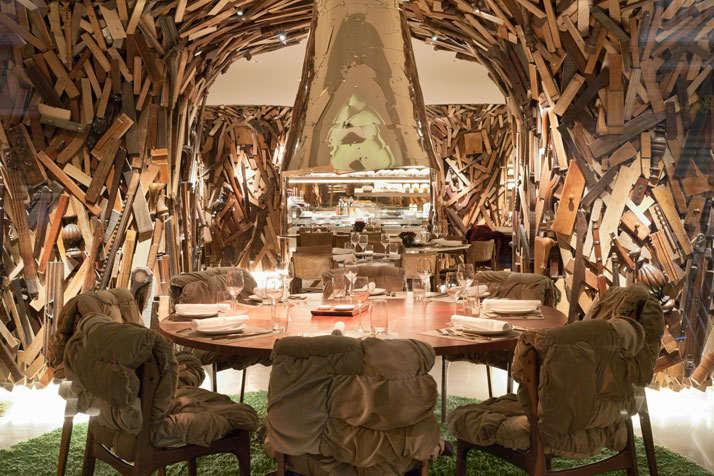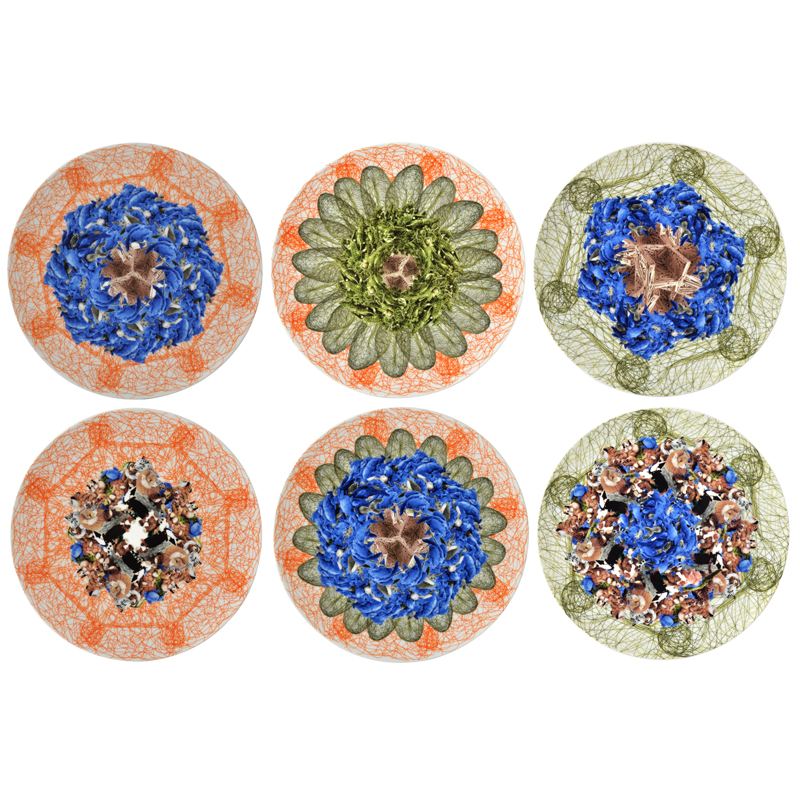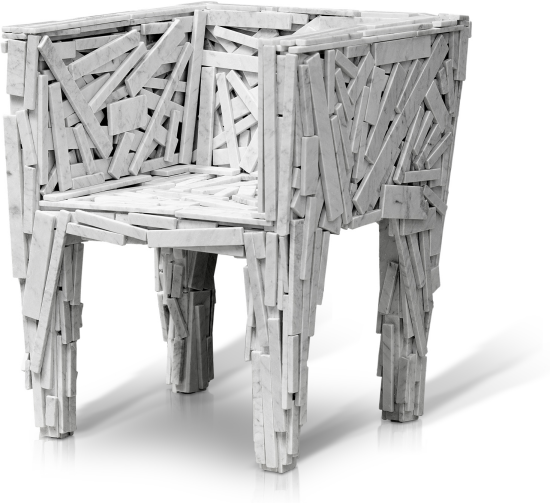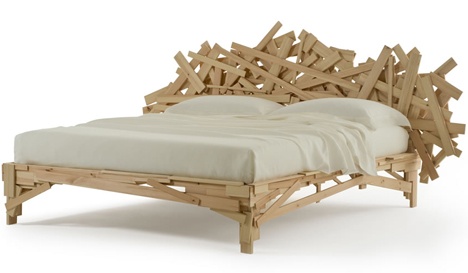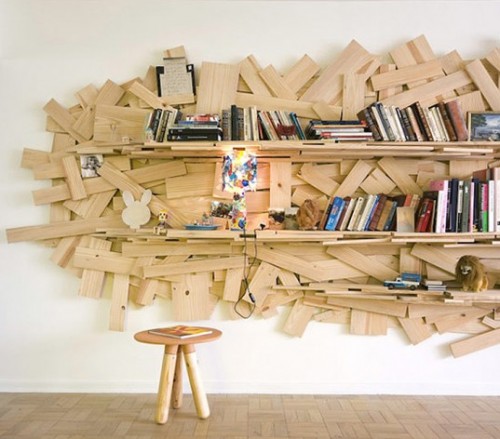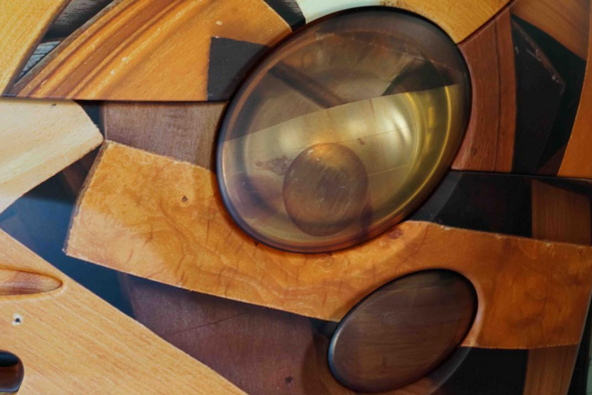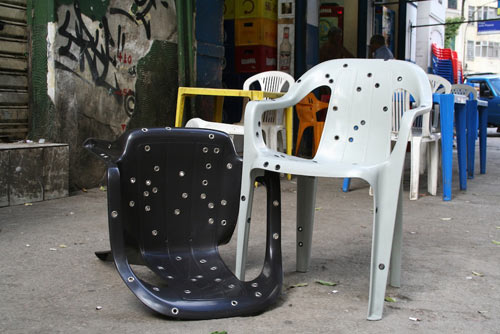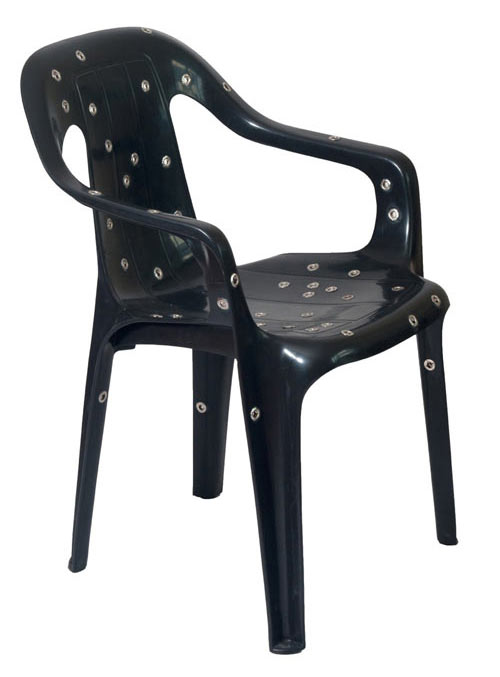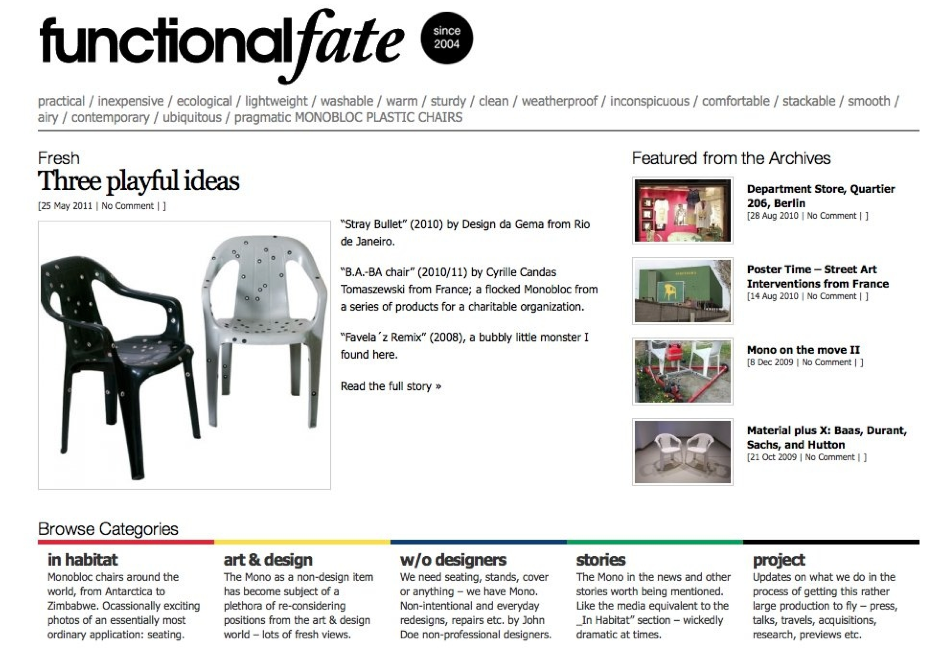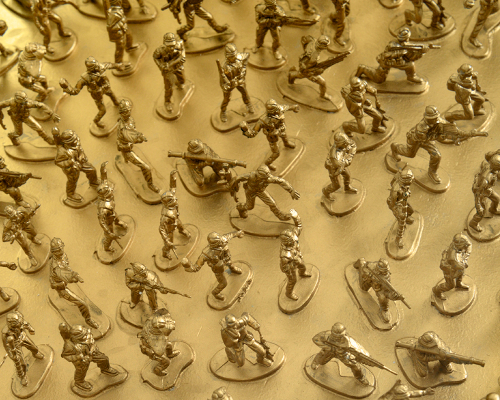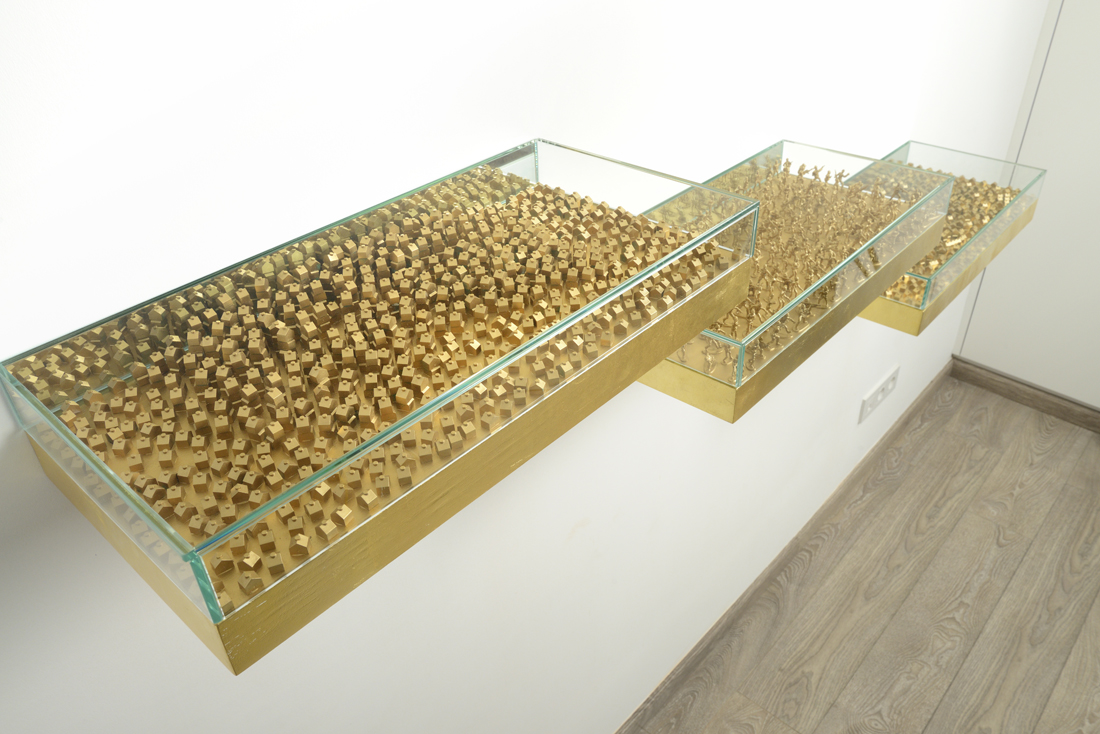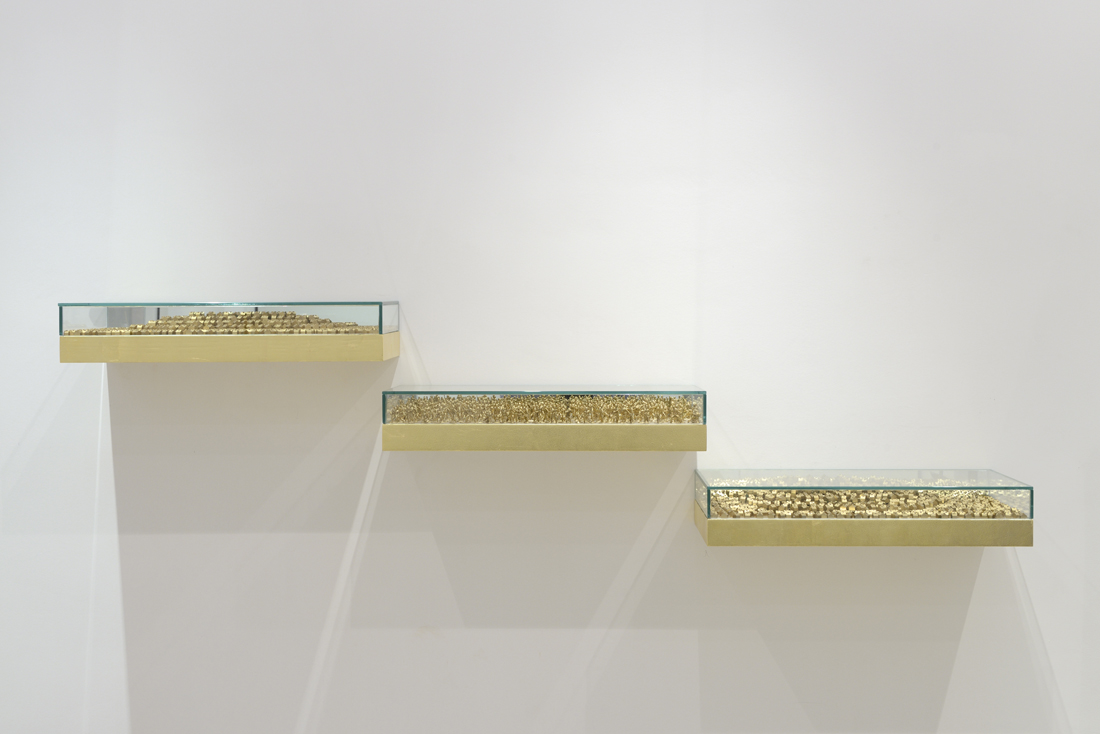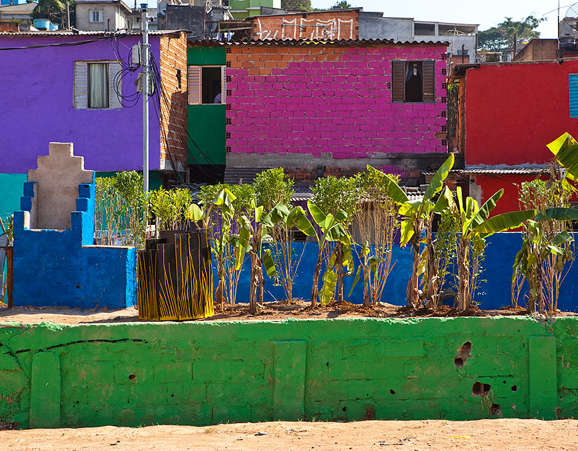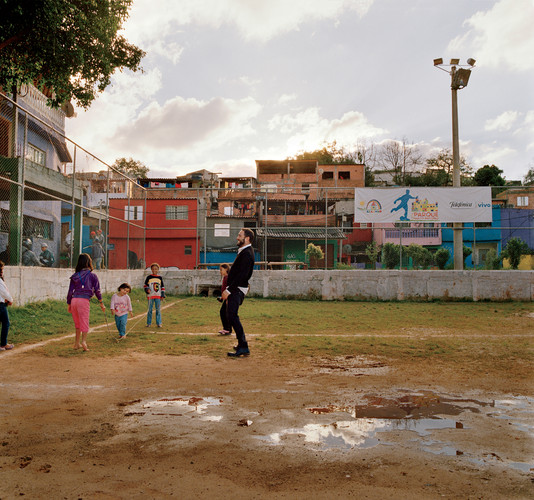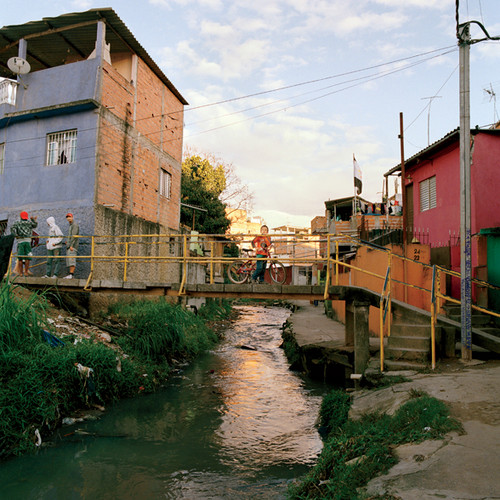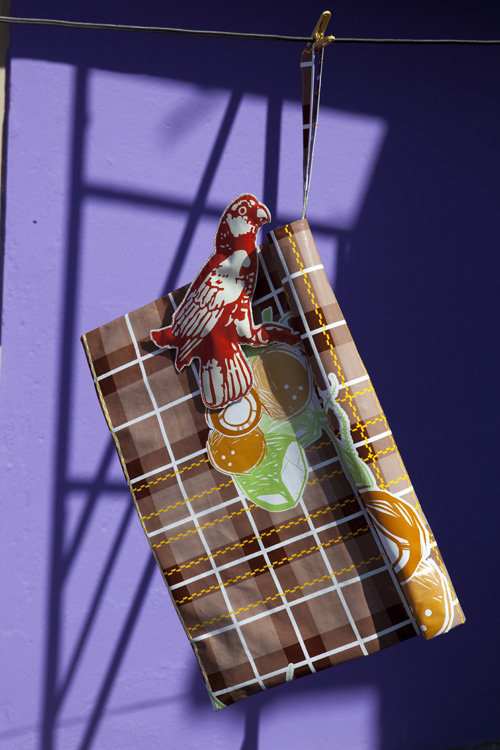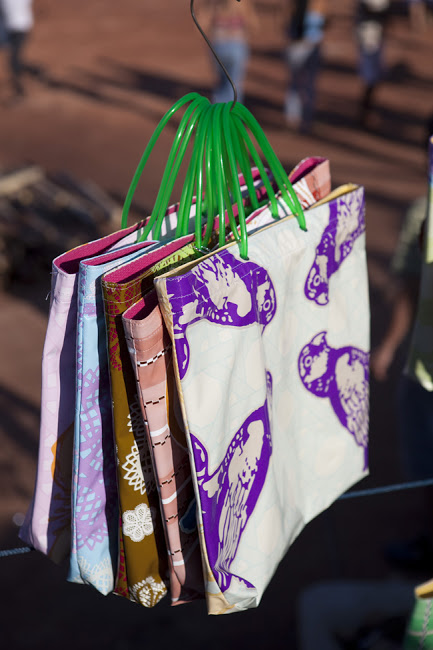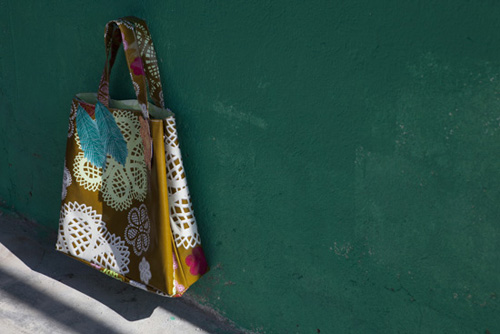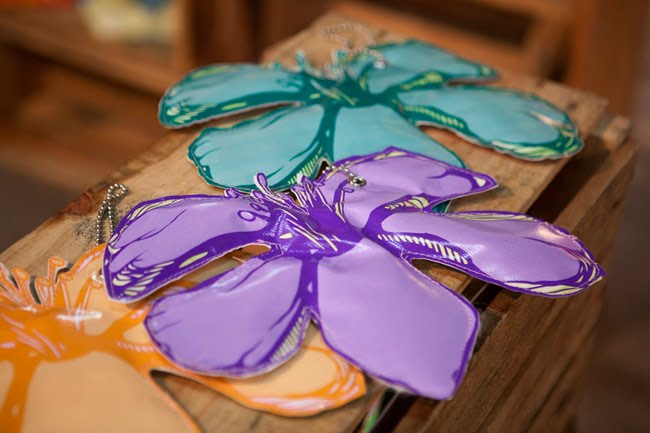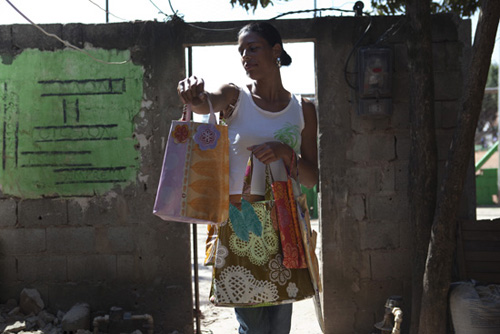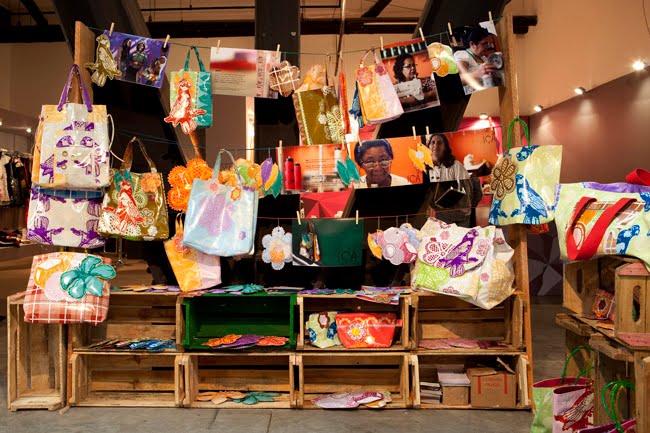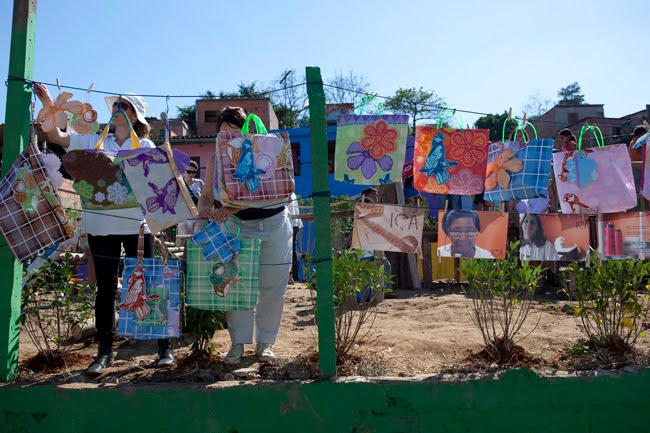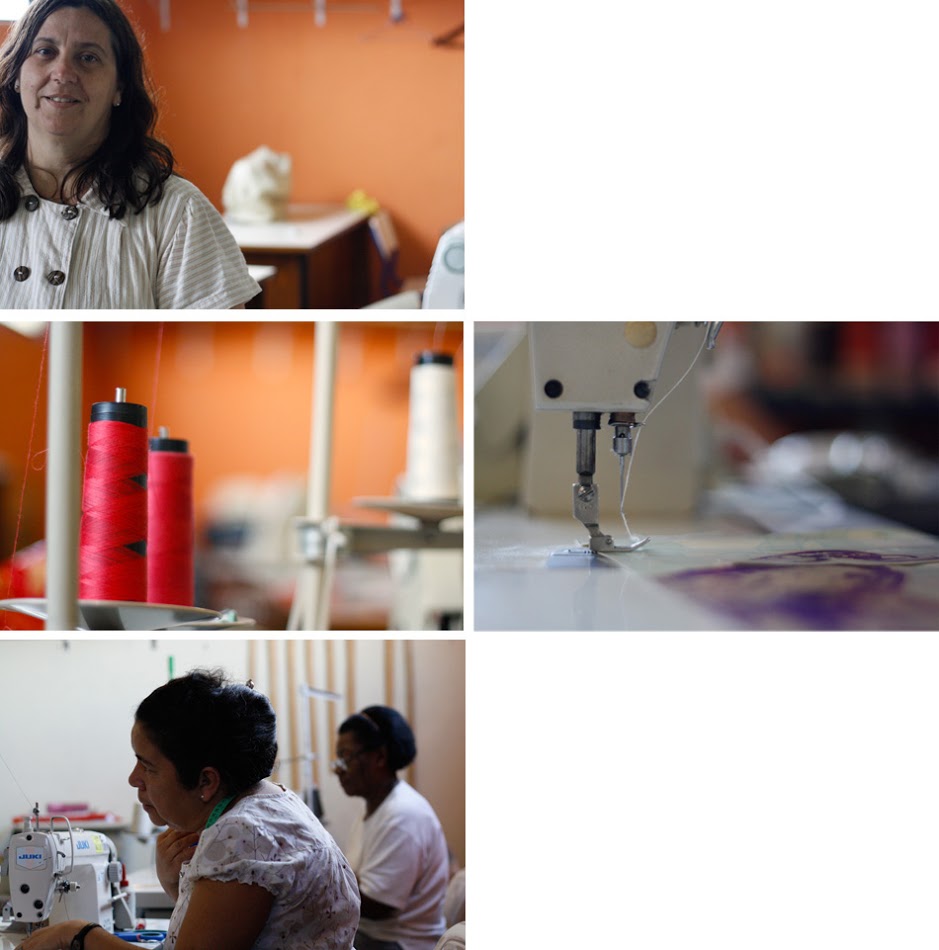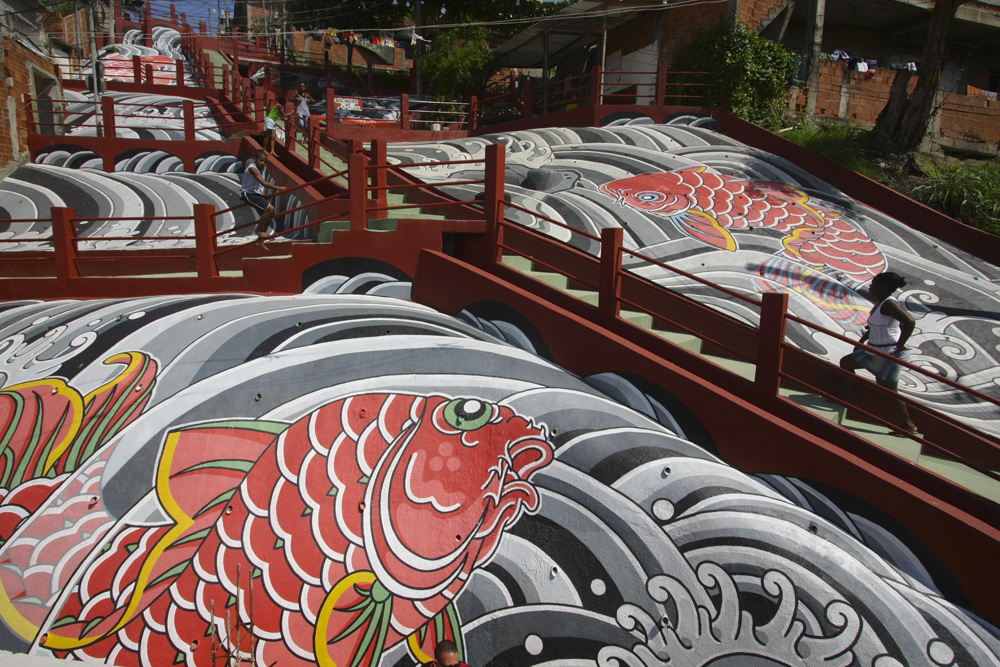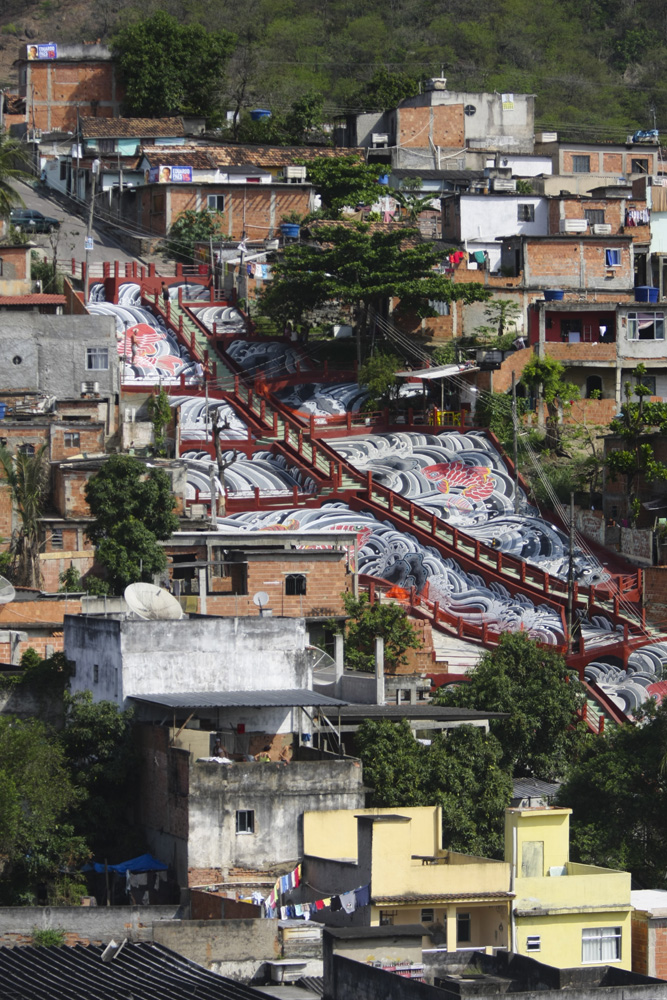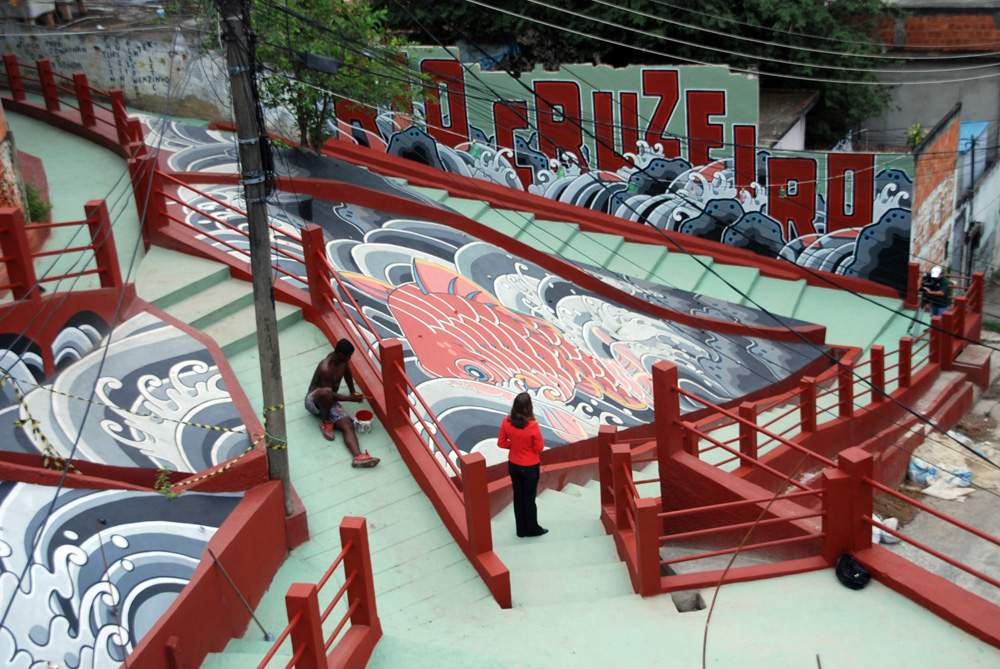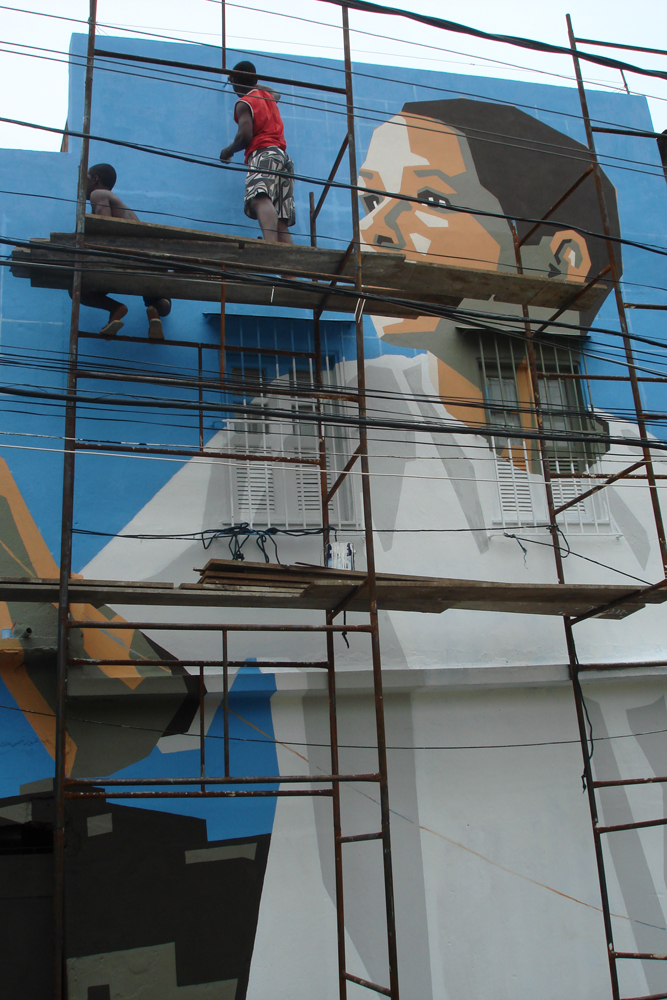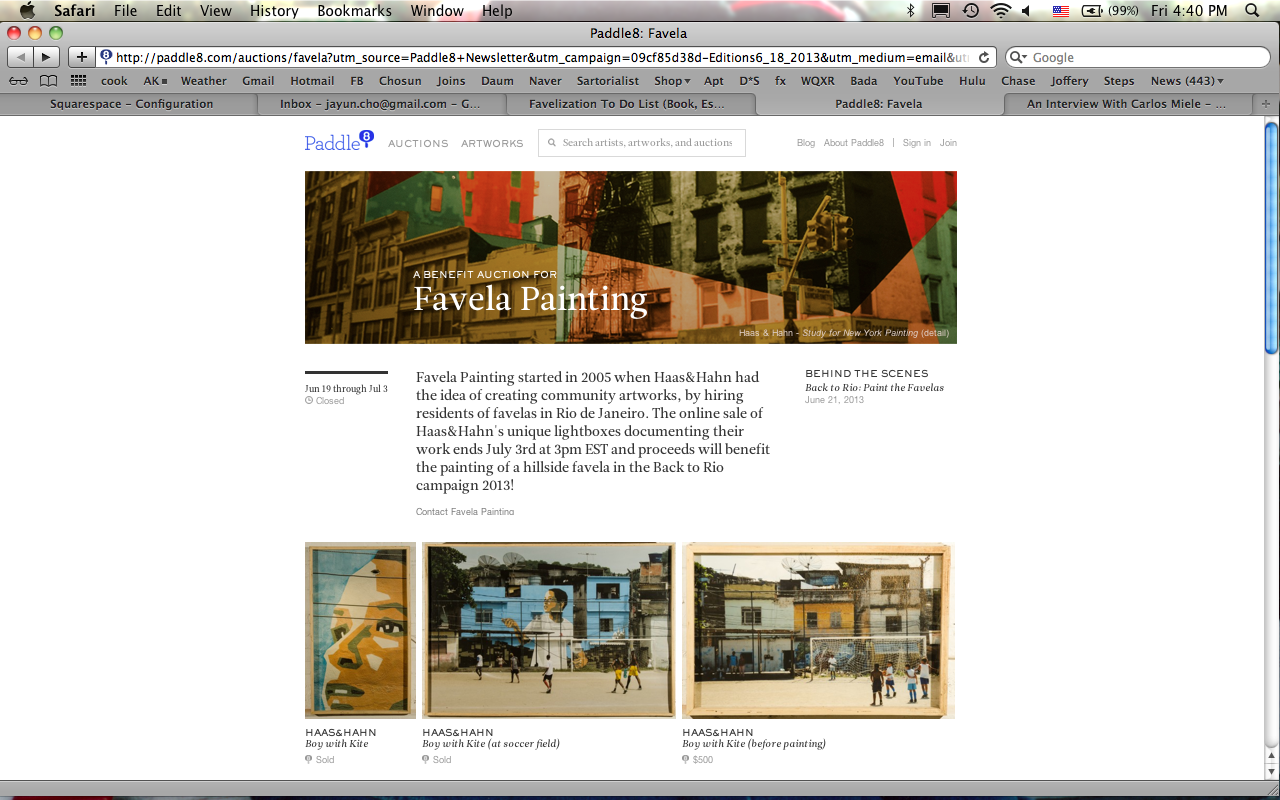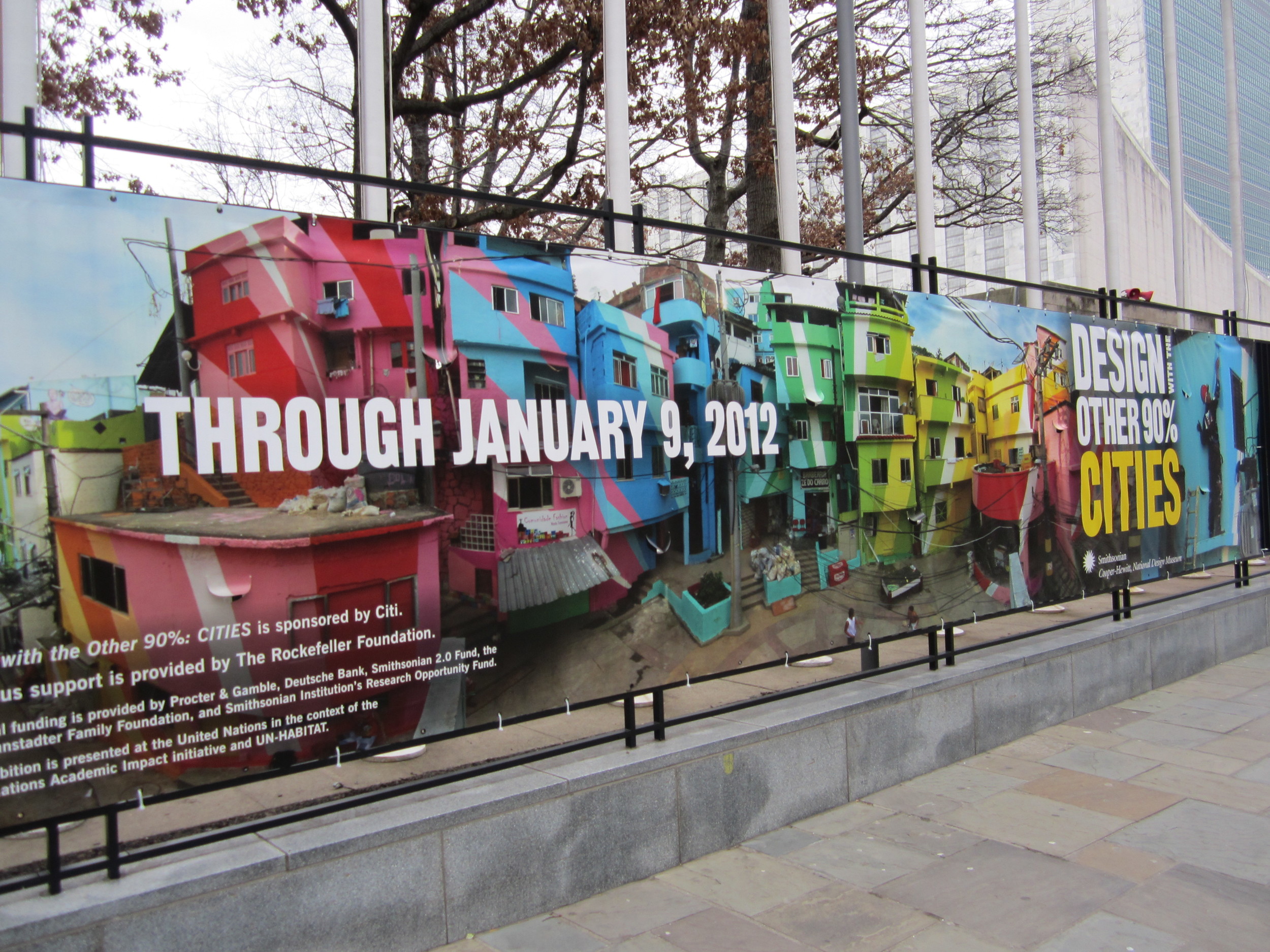Favelization in Design
Chapter 3 of the book Favelization focuses on Brunno Jahara’s Neorustica high-end furniture line in which each object is named after a favela in Rio de Janeiro and Design da Gema's Stray Bullet chair and Pacification shelves designed by David Elia. While there are significant differences between Jahara and Elia, they are both Brazilian designers in their thirties who employ the tropes associated with favelas to brand high-end furniture as “Brazilian.” Jahara and Elia returned to Brazil in 2009 and 2010, respectively, after spending several years studying and working abroad. In my analysis, I argue that Jahara and Elia are replicating a tactic used successfully by their predecessors: blending strategic references to Brazil’s poverty with fantasy and desire in the service of commerce. This chapter first explores the objects themselves and the language the designers use to increase the appeal of their furniture among non-Brazilian consumers. I then situate the objects within a larger discussion about exoticism, primitivism, the carnivalesque, and domestication.
Neorustica Collection Furniture. 2010. Location of Production: Brazil. Designer: Brunno Jahara (Brazil).
From top left to bottom right:
- Press release image of Brunno Jahara among examples of Neorustica furniture.
- Credenza, "Babilonia Credenza", 2010. Brunno Jahara.
- Inside of credenza made of pet bottle laminate, "Babilonia Credenza", 2010. Brunno Jahara.
- Drawer, "Carico Single Drawer", 2010. Brunno Jahara.
- Interior of Drawer, "Carico Single Drawer", 2010. Brunno Jahara.
- Table, "Dona Marta Low Table", 2010. Brunno Jahara.
- Table, "Dona Marta High Table", 2010. Brunno Jahara.
- Table, "Vidigal Side Table / Bed Side Table", 2010. Brunno Jahara.
Numerous Iterations of the Favela Chair by the Campana Brothers
One of the most well-known examples of favelization is the Campana Brother’s Favela Chair. The Campanas say they made the original Favela Chair in 1991 from pieces of wood found on the streets of São Paulo. The first chair was put together by the brothers themselves, but the manufacture of the chair in editions was initiated in 2003 by Edra, an Italian company. The Favela Chair today costs $4,685 and is made from new wood. The Campanas explain in their autobiography that Edra’s decision to manufacture Favela Chair came after its owner (Massimo Morozzi) went with the Campanas to a favela that had been destroyed by fire. The Campanas have created approximately 10 products or projects related to the Favela Chair.
From top left to bottom right:
1. Chair, "Favela Chair", 1991. Fernando and Humberto Campana.
2-3. Chair, "Favela Chair", 2003. Fernando and Humberto Campana. Produced by Edra.
4. Mural, "Favela Mural", 2004. Fernando and Humberto Campana. MOSS Gallery, where the mural was installed, closed in 2012.
5. Miniature Chair, "Miniature Favela", 2009. Fernando and Humberto Campana.
6. Interior. "New Hotel", 2011. Fernando and Humberto Campana. Hotel is located in Greece.
7. Plates, "Euro Tropiques" by Bernardaud, 2011. Fernando and Humberto Campana. Of the set of six plates, four plates have images of the Favela chairs at the center.
8. Plate, "Euro Tropiques" by Bernardaud, 2011. Fernando and Humberto Campana.
9. Chair, "Favela Chair" in white marble, 2013. Fernando and Humberto Campana. Produced by Edra.
10. Bed, "Favela Bed", 2013. Fernando and Humberto Campana. Produced by Edra.
11. Shelf, c. 2011. Fernando and Humberto Campana.
12. Interior of a FIAT 500 car, 2016. Fernando and Humberto Campana.
Cars to be revealed at The Womanity Foundation fundraising gala February 4, 2016 at Palexpo in Geneva, Switzerland.
The Bala Perdida (Stray Bullet) Chair Chair. 2010. Location of Production: Brazil & Monaco. Designer: David Elia, Design de Gema (Brazil/Monaco).
From top left to bottom right:
1. Chair, "Stray Bullet Chair", 2010. Design de Gema.
2. Chair, "Stray Bullet Chair - Black", 2010. Design de Gema.
3. Details of Chair, "Stray Bullet Chair - Black", 2010. Design de Gema.
4. Chair, "Stray Bullet Chair - White", 2010. Design de Gema.
5. Design de Gema's website introducing "Stray Bullet Chair"
6. Functional Fate, a website featuring Stray Bullet Chair as one of the "playful ideas"
Pacificação (Pacification) Collection Shelf. 2012. Location of Production: Monaco. Designer: David Elia, Design de Gema (Brazil/Monaco).
Shelves, "Pacification", 2012. Design de Gema.
Luz Nas Vielas (Light in the Alleys) Public Art. 2012. Location: Vila Brasilândia, São Paulo, Brazil. Designer: Boa Mistura (Spain).
From top left to bottom right:
1. "Amor (Love)", 2012. Boa Mistura.
2. "Beleza (Beauty)", 2012. Boa Mistura.
3. "Doçura (Sweetness)", 2012. Boa Mistura.
4. "Firmeza (Strength)", 2012. Boa Mistura.
5. "Orgulho (Pride)", 2012. Boa Mistura.
6-9. Painting in progress
"BOA MISTURA’s project “LUZ NAS VIELAS” has been carried out in Vila Brasilândia, São Paulo, during January 2012. The project is part of the CROSSROADS series: Boa Mistura ́s Participative Urban Art Interventions to modify rundown communities using art as a tool for change and inspiration.
Between the 4th and 16th of January BOA MISTURA had the opportunity to live in Brasilândia, hosted by the Gonçalves family, having this way direct contact with the community. After preliminary studies and analysis, the defined framework are the narrow and winding streets that connects the urban net, known as VIELAS and BECOS. The dialogue with resi- dents and their active participation has been decisive for the Project. “BELEZA”, “FIRMEZA”, “AMOR”, “DOÇURA” and “ORGULHO” are the concepts chosen by the collective for the interventions.
“LUZ NAS VIELAS” has been made possible with the spon- sorship of the Embassy of Spain in Brazil and the collabora- tion of Singapore Airlines, Montana Colors and the Spanish Cultural Center in São Paulo. The results will be presented in São Paulo during the event “Virada Sustentável” the 4th and 5th of June, 2012."
A Gente Transforma (We Transform) Design project. 2010. Location: Parque Santo Antonio, São Paulo, Brazil. Designer: Marcelo Rosenbaum (Brazil).
From top left to bottom right:
1. Video of A Gente Transforma
2-4. Images of the project. 2010, Marcelo Rosenbaum.
IÇÁ bolsas & acessórios Bags. Year unknown. Location of Production: Brazil. Designer: Marcelo Rosenbaum(?) (Brazil)
From top left to bottom right:
1-7. Bags.
8-9. Women making the bags.
Favela Painting
"O Morro" Public Art. Ongoing as of 2010. Location of Production: Praça Cantão, Communidade Da Santa Marta, Rio de Janeiro, Brazil. Designers: Hass-Haan (Netherlands).
From top left to bottom right:
1-6. Public Art, "O Morro", 2010. Haas-Hahn.
7-11. Painting in progress
12. Media coverage of O Morro
"The initial idea of the Favela Painting project has always been to paint an entire hillside favela in the center of Rio, visible to all inhabitants and visitors. As the portuguese translation for 'the hill'; 'o morro' is also used as a synonym for slum or favela, we chose to use this name for the third stage of the Favela Painting project."
"Rio Cruzeiro" Public Art. 2008. Location of Production: Stairs of Rua Santa Helena, Vila Cruzeiro, Rio de Janeiro, Brazil. Designers: Hass-Haan (Netherlands).
1-3. Public Art, "Rio Cruzeiro", 2008. Haas-Hahn.
"Our second large painting in Vila Cruzeiro was finished in 2008, It was situated on a massive concrete structure, built to protect the hill from mudslides during the rainy season. It was painted together with local youth, who learned a craft, while earning money at the same time."
"Boy with Kite" Mural. 2007. Location of Production: Vila Cruzeiro, Rio de Janeiro, Brazil. Designers: Hass-Haan (Netherlands).
1-2. Mural, "Boy with Kite", 2007. Hass-Hahn.
"The first painting, finished in 2007, was a 150 square-meter mural depicting a boy flying a kite, by far the most popular pastime in Rio's favela's. The painting took three months to finish and was painted, together with local youth, who were attracted from the Soldados Nunca Mais program of the Ibiss foundation. They are offered alternatives for a life of crime in one of the three drug gangs."
Iterations of Favela Painting
From left to right:
1. Screenshot of Paddle8 website, "A Benefit Auction for Favela Project", 2013.
2-3. Poster, "Design With The Other 90% Cities, Smithsonian’s Cooper-Hewitt, National Design Museum.", 2012.
